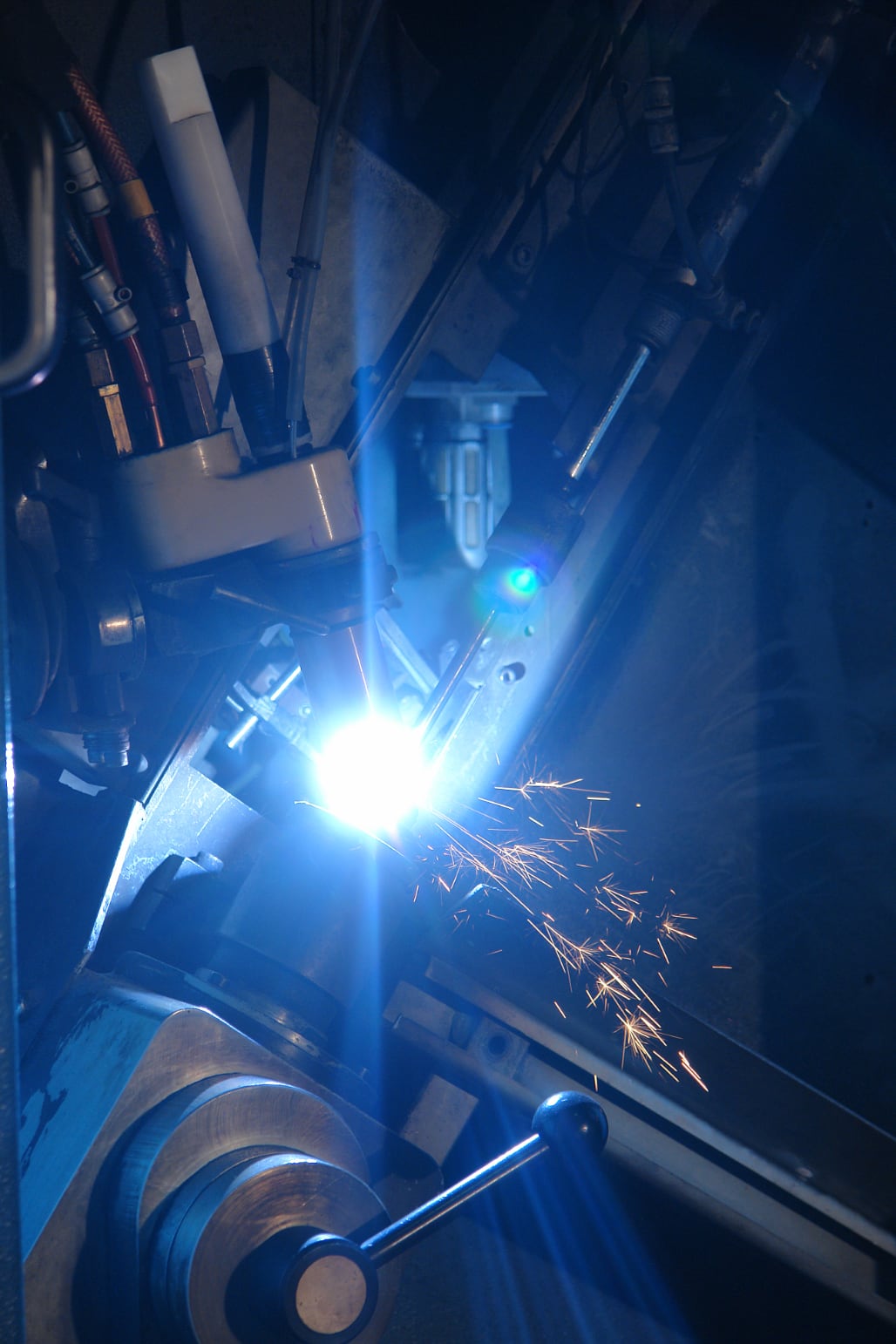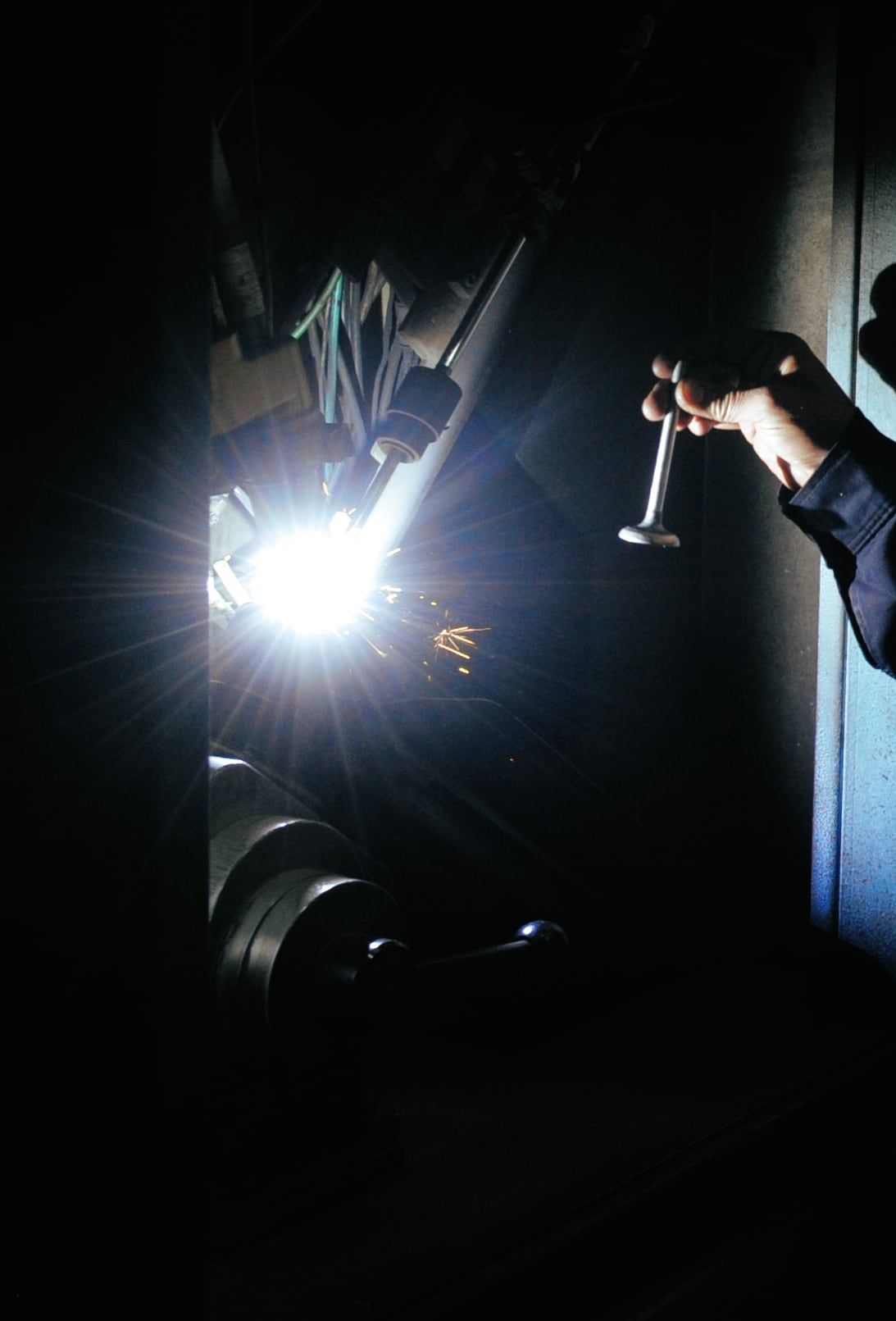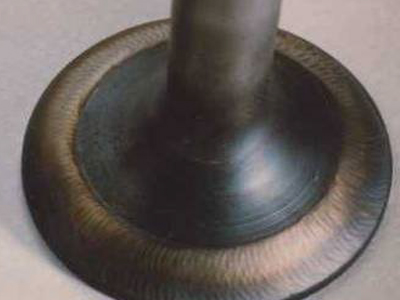Valve Seat Hard Facing (PTAW)


Valve Seat hard facing through Plasma Transferred Arc Welding (PTAW) is one of the most economical solutions to overlay the seat area of the engine valve with a metallurgical bonded, high hardness, corrosion resistant and high metal matrix material. This process is commonly used for Exhaust Engine valves, but there are some high performance engines that both Inlet and Exhaust Engine Valves require their seat area to be hard faced. The process of seat Hard facing through PTAW for engine valves is done commonly by cobalt based powders known as the Stellite powders(multiple grades exists), but also there are some iron (Eatonite powder) and nickel based powder is used for the process. There is a less common cobalt based powder which can be used for the process called the Triballoy powders which can be very effective with very high powered engines.
The most common powder materials that is used in STYM production are as follows:
- Stellite-F
- Stellite-6
- Eatonite-6 (P28)
The Material specification is based on the customers request and drawing. We will accept the customers input in regards to the material specification.


What is Plasma Transferred Arc Welding?
Plasma Transferred Arc Welding is a thermal process for applying wear and corrosion resistant layers on surface of metallic materials. It is a versatile method of depositing high quality metallurgical fused deposits on a wide range of base materials from carbon steels to exotics like non-mag super austenitic and nickel alloys. Soft alloys, medium and high hardness materials and carbide composites can be used to achieve diverse properties such as improved mechanical strength, wear resistance and corrosion resistance. The welding process employs a constricted high energy plasma arc between a non consumable electrode and the base material, creating a molten weld pool. Filler material is introduced in either wire form, which is fed into the back of the weld pool, or in powder form, which is fed through the welding torch and introduced in the welding arc above the weld pool. This process produces a metallurgically bonded overlay that has better fusion and corrosion properties than mechanically bonded processes.
